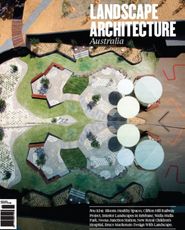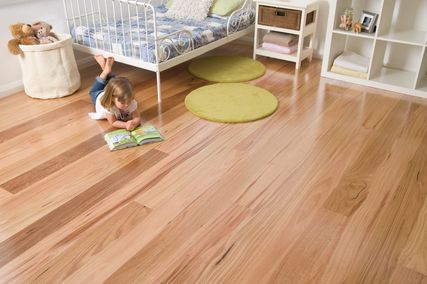Urban design, landscape architecture and occupational therapy share a common interest: people’s use of space and place. Urban designers create and shape cities and towns, and in doing so they make connections between people and places. Landscape architects design outdoor and public spaces to achieve environmental, social-behavioral and aesthetic outcomes. Occupational therapists promote health and wellbeing by enabling people to do what they need and want to do, where they need and want to do it. Working together, these three professions have the ability to collaboratively design dynamic outdoor environments that connect people to place and promote participation and choice in a range of beneficial activities.
Occupational therapists believe that all people should have the opportunity to participate in activities that are personally meaningful for their health and wellbeing. The profession also believes that environments shape what people do, and that what people do shapes environments. Whether working in schools, workplaces, homes or communities, occupational therapists assist people to participate in social, vocational and recreational activities. Sometimes this involves modifying people’s environment to better support their engagement in everyday life.
For some time, occupational therapists have supported the application of universal design in built environments, with the aim of maximizing the opportunities for people to participate in meaningful indoor activities.1 However, despite natural outdoor environments being considered vital to health and physical and mental wellbeing, the focus of occupational therapists on outdoor environments is relatively new.
Professor Anita Bundy, from the discipline of occupational therapy at the University of Sydney, conducted a study in 2009 that assessed children’s play environments. Play is the means by which children learn about themselves and the world around them, and by which they develop physical, cognitive and social capacities. There is growing awareness that children’s play is being increasingly confined to indoors in an effort to avoid injury and minimize safety concerns. Increases in childhood obesity and diabetes and reduced motor skills are consequences of such risk avoidance and more sedentary play. Bundy’s study involved introducing hay bales, car tyres and planks of wood into a school playground to create an opportunity for what she calls “true play” in the outdoor environment. The children’s play was then observed and their physical activity levels were monitored. Physical activity increased significantly in this setting and teachers reported that students were more creative and social and that their play was more engaging and purposeful. The study’s recommendation was to “pop the bubble wrap” and enable children to play in natural environments.2 These findings are important for urban designers and landscape architects commissioned to develop spaces for promoting children’s play.
A study by Auckland University of Technology honours student Sharon Howard3 explored the barriers people with impairments can experience when using open spaces for recreational activities. Howard found that inappropriately designed and poorly maintained infrastructure, such as loose surfaces and overgrown vegetation, contributed to experiences of disengagement and disconnection. She also identified partnerships with family or friends as critical to enabling people with impairments to participate outdoors. As Howard claims, interdependence between these two factors – the design of the outdoor space and the assistance required to experience it – may be the means for those with impairments to achieve physical and social inclusion in outdoor recreational pursuits.
I am involved as a consultant and researcher with an aquaponics garden in the Basin View Masonic Village on the south coast of New South Wales. This project is responding to the aged care residents’ interest in gardening and their need for physical activity by providing opportunities for participation in an outdoor program. As an occupational therapist and occupational scientist my focus is on how much time staff and residents spend in the garden, as well as the level of interest in the garden among residents and members of the local community. Residents are now frequently outside, tending to flower beds, harvesting vegetables or just enjoying the garden. Staff and carers are pleased by the garden’s immediate positive impact on residents. It seems planting seedlings and feeding fish are creating more interest at the village than playing bingo! This innovative integrated garden project is an excellent model of a user-friendly, sustainable outdoor area that promotes meaningful activity for older people.
The work and aims of occupational therapists are important for those creating indoor and outdoor environments to consider. By working with occupational therapists, urban designers and landscape architects can create spaces and places that enable community participation in the types of activities that bring purpose and meaning to life. Such inter-professional collaboration will only strengthen the profile of each profession and emphasize their importance within the broader context of health and our built environment.
1. Laurie Ringaert, “Universal Design and Occupational Therapy,” Occupational Therapy Now, Sept/Oct 2002.
2. Anita Bundy, “Popping the Bubble Wrap: Rethinking Children’s Play,” Health Sciences Symposium, University of Sydney, 31 October 2009, sydney.edu.au/health_sciences/flash_video/30th_symposium/anita_bundy (accessed 9 February 2012).
3. Sharon Howard, “Barriers to Participation in Recreation Within Open Spaces Encountered by People with Impairments: A qualitative-descriptive study,” (Honours’ thesis, Auckland University of Technology, 2011).
Source

Discussion
Published online: 1 May 2012
Words:
Alison Wicks
Issue
Landscape Architecture Australia, May 2012














